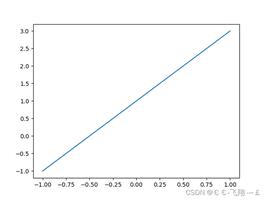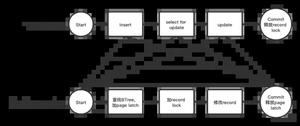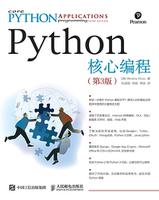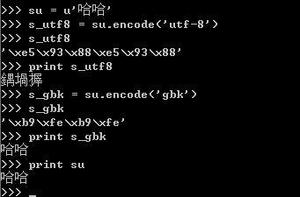python 内存分析 流程图

memory_profiler 模块被用于在逐行的基础上,测量你代码的内存使用率,也建议安装 psutil 包,使得 memory_profile 模块运行的更快
from memory_profiler import profile@profile(precision=6)
def primes(n):
if n == 2:
return [2]
elif n < 2:
return []
s = range(3, n + 1, 2)
mroot = n ** 0.5
half = (n + 1) / 2 - 1
i = 0
m = 3
while m <= mroot:
if s[i]:
j = (m * m - 3) / 2
s[j] = 0
while j < half:
s[j] = 0
j += m
i = i + 1
m = 2 * i + 3
return [2] + [x for x in s if x]
len(primes(100000))
meliae会把某个时刻的内存给dump到一个文件中,然后再对该文件进行分析,当我们的某个python程序占用内存很大,可能有内存泄露发生时,可以使用该工具来进行检测分析
Guppy (使用了Heapy):使用 guppy 包,你可以跟踪每个类型在你代码中每个阶段(字符, 元组, 字典 等等)有多少对象被创建了,查看占用内存前十位变量的工具
objgraph模块:该工具允许你查看内存中对象的数量,定位含有该对象的引用的所有代码的位置。
.定位哪个对象引起内存泄漏# -*- coding: utf-8 -*-
import objgraph
_cache = []
class OBJ(object):
pass
def func_to_leak():
o = OBJ()
_cache.append(o)
# do something with o, then remove it from _cache
if True: # this seem ugly, but it always exists
return
_cache.remove(o)
if __name__ == '__main__':
objgraph.show_growth()
try:
func_to_leak()
except:
pass
print '********after call func_to_leak*********'
objgraph.show_growth()
运行结果(我们只关心后一次 show_growth 的结果)如下
wrapper_descriptor 1196 +1196
function 1187 +1187
builtin_function_or_method 739 +739
method_descriptor 635 +635
dict 539 +539
weakref 457 +457
tuple 364 +364
getset_descriptor 306 +306
list 232 +232
member_descriptor 227 +227
********after call func_to_leak*********
wrapper_descriptor 1205 +9
getset_descriptor 310 +4
member_descriptor 230 +3
weakref 459 +2
dict 541 +2
OBJ 1 +1
从运行结果可以发现,调用函数之后,增加了一个类 OBJ 的实例,然而理论上函数调用结束之后,所有在函数作用域(local)中声明的对象都改被销毁,因此这里就存在内存泄露。
- 显示占据python程序内存的头N个对象
- 显示一段时间以后哪些对象被删除活增加了
- 在我们的脚本中显示某个给定对象的所有引用
============快速生成陌生代码的函数调用关系
1、graphviz(Graph Visualization Software-图形可视化软件)
2、pycallgraph(创建python的可视化图形)
以上是 python 内存分析 流程图 的全部内容, 来源链接: utcz.com/z/386683.html









